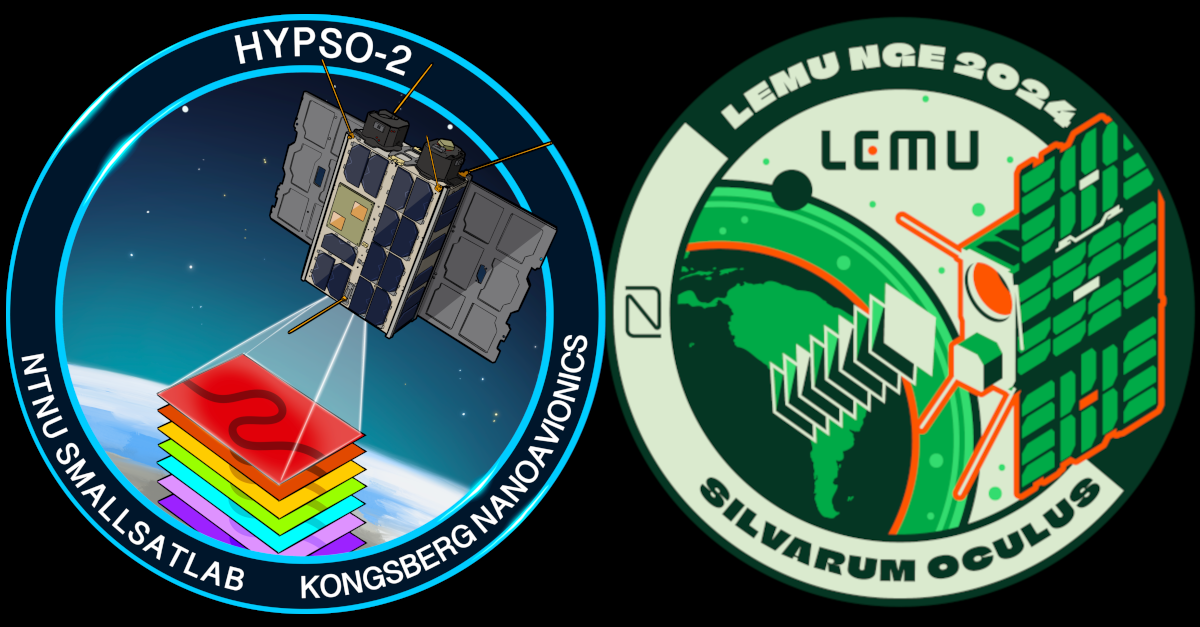SpaceX Transporter-11 to Launch World's First Satellite Exclusively for Observing Biodiversity – Built by NanoAvionics
Kongsberg NanoAvionics (“NanoAvionics”), a leading smallsat bus manufacturer and mission integrator, has announced that four of their customer satellites, will be launched into orbit aboard the upcoming SpaceX Transporter-11 mission.
These four nanosatellites, all built by NanoAvionics, include the world's first satellite dedicated exclusively to observing the Earth’s biodiversity (which will also become Chile’s first private satellite), a mission to monitor the health of our oceans, using a hyperspectral imager for Earth observation, and a communication mission with a software-defined radio (SDR) payload.
The 6U “Lemu Nge” (Forest Eye) will use an onboard hyperspectral camera to capture high-resolution images of 4.75m GSD (ground sampling distance) of the world’s forests in over 30 visible and infrared bands. With the data Chilean company Lemu is building an atlas of the Earth’s biosphere that can be used to develop and evaluate conservation plans and sustainability strategies.
During its first year, Lemu Nge will focus on monitoring five aspects: wetlands, coastal areas, change in land use, identification of key plant species – specifically trees – and identification of invasive plant species.
A 6U nanosat HYPSO-2 (hyperspectral satellite for ocean observation) was built for the Norwegian University of Science and Technology (NTNU) to monitor the health of our oceans. Joining HYPSO-1, also built by NanoAvionics and launched in January 2022, it shares the same form factor and payload but will provide up to 10x more hyperspectral data.
Through their hyperspectral imagers both HYPSO satellites detect the presence of algae and their development when blooming. Crucially, they also distinguish between healthy and harmful blooms. This information is vital for safeguarding marine ecosystems and mitigating potential health risks harmful algae pose. Thanks to a faster data interface between the satellite bus and the payload, coupled with an X-band transmitter, HYSPO-2 will be able to transfer and transmit several times more data in the same time frame as HYPSO-1.
Two 3U nanosatellites, for an undisclosed customer, will be used for a red-green-blue (RGB) Earth observation and a communication mission, carrying a software-defined radio (SDR) payload, respectively.
Atle Wøllo, CEO of NanoAvionics, said: “The launch of this latest batch strengthens NanoAvionics status as a leading smallsat manufacturer with one of the most extensive flight heritages in the industry, having successfully launched nearly 50 nanosatellites in the past five years. It’s also testimony to the continued trust in our flight-proven technology and the value our standardised satellite buses bring to our customers.
“Working with repeat customers, such as NTNU, on their next-generation satellites is always rewarding. It allows us to elevate their capabilities through quick iteration cycles, as shown with HYPSO-2.
“Chilean Lemu is also an interesting example of an end-user of space data, launching own satellite to cover data gaps from other satellites or terrestrial means and expanding satellite applications to the field of bio conservation. Through our help and expertise, they were able to launch their own satellite cost-effectively and quickly, enabling them to develop this sovereign space capability.”
